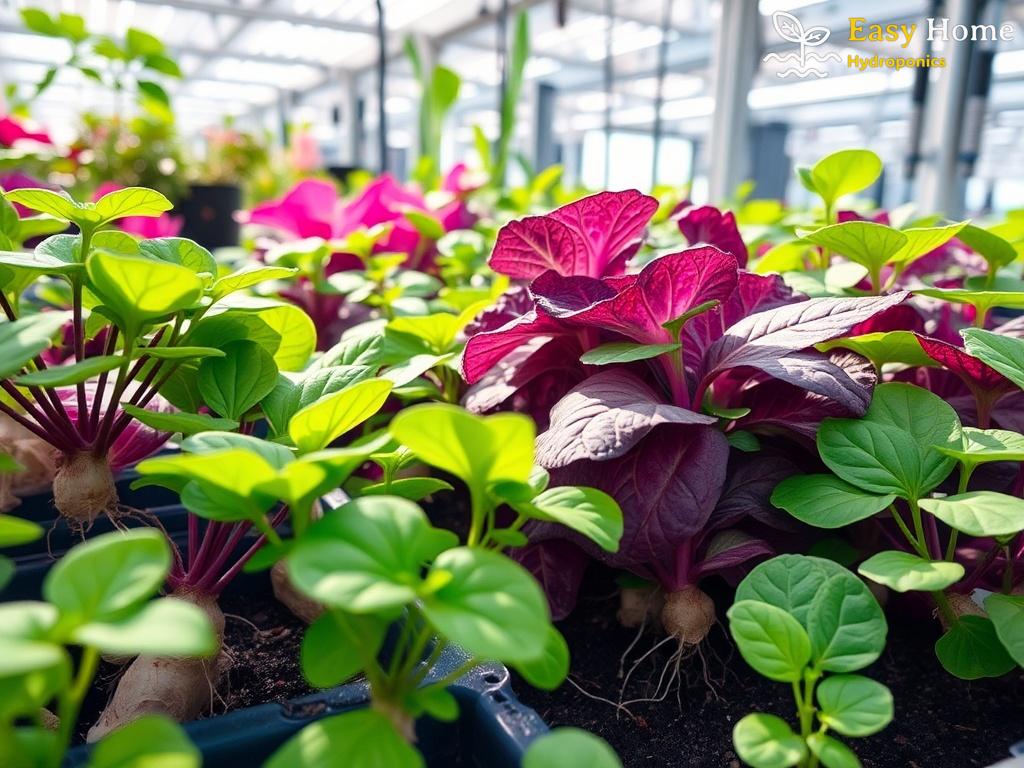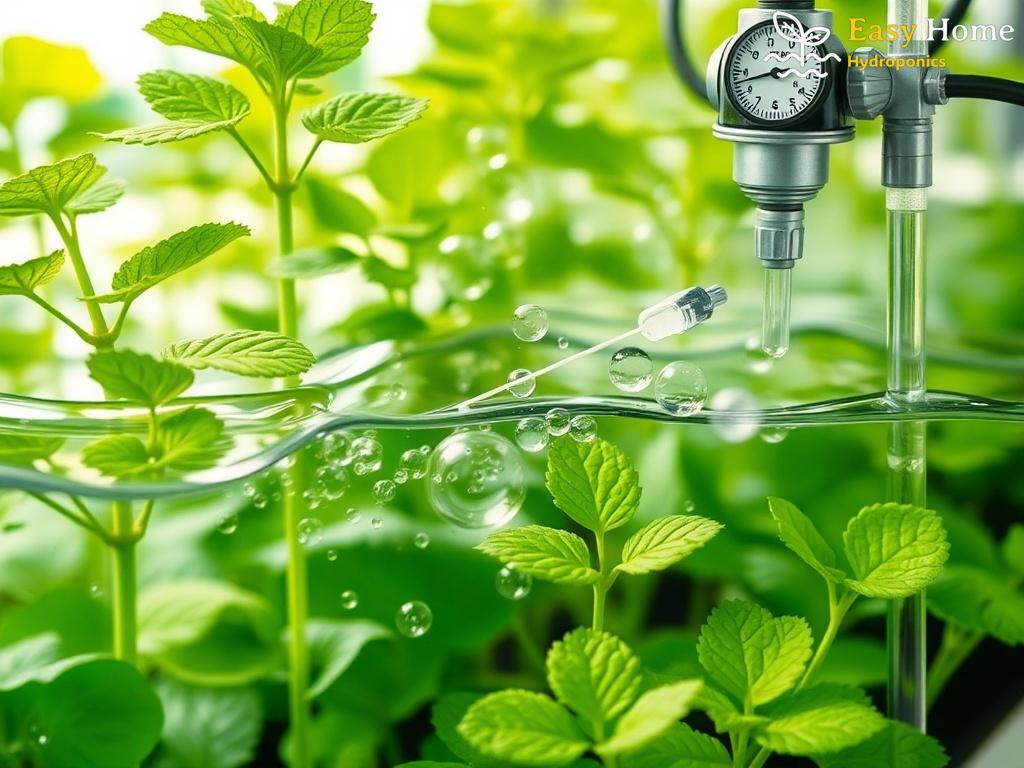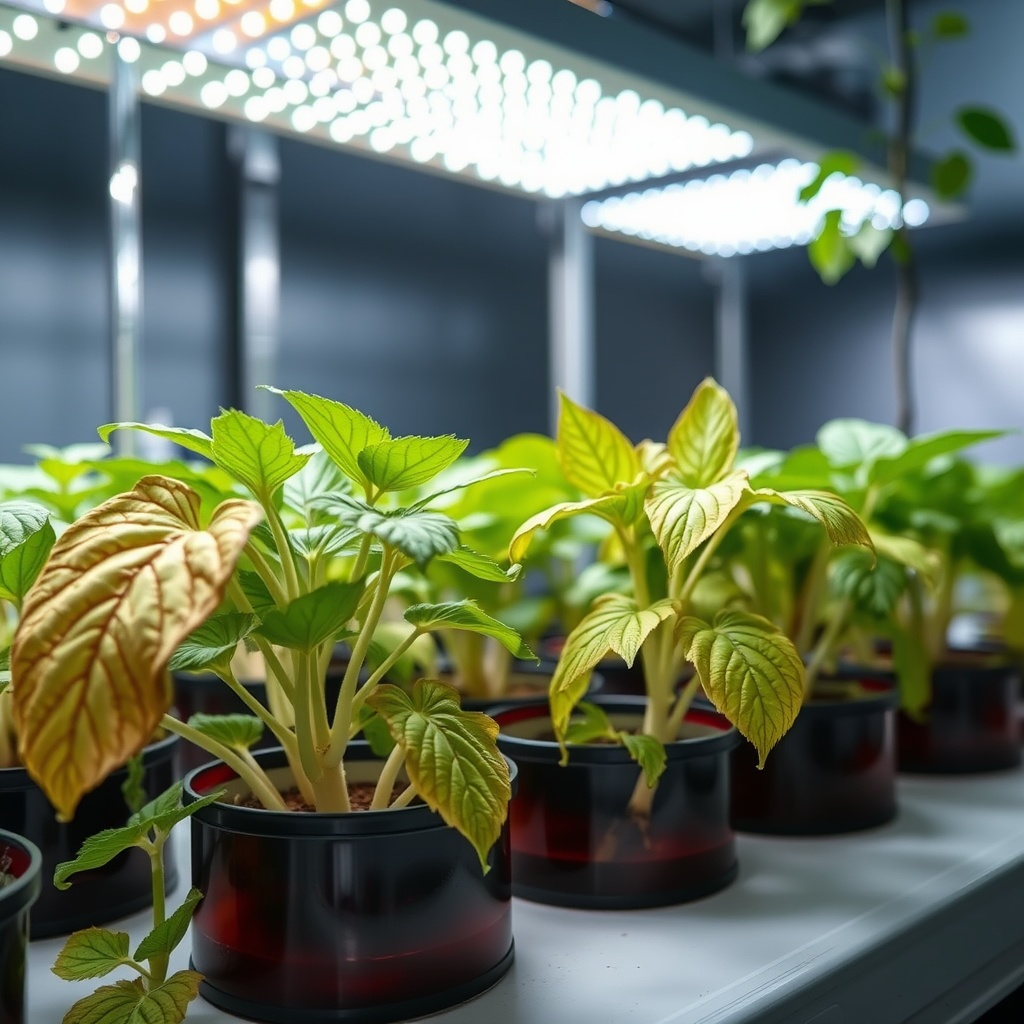Calcium: The Unsung Hero of Hydroponics
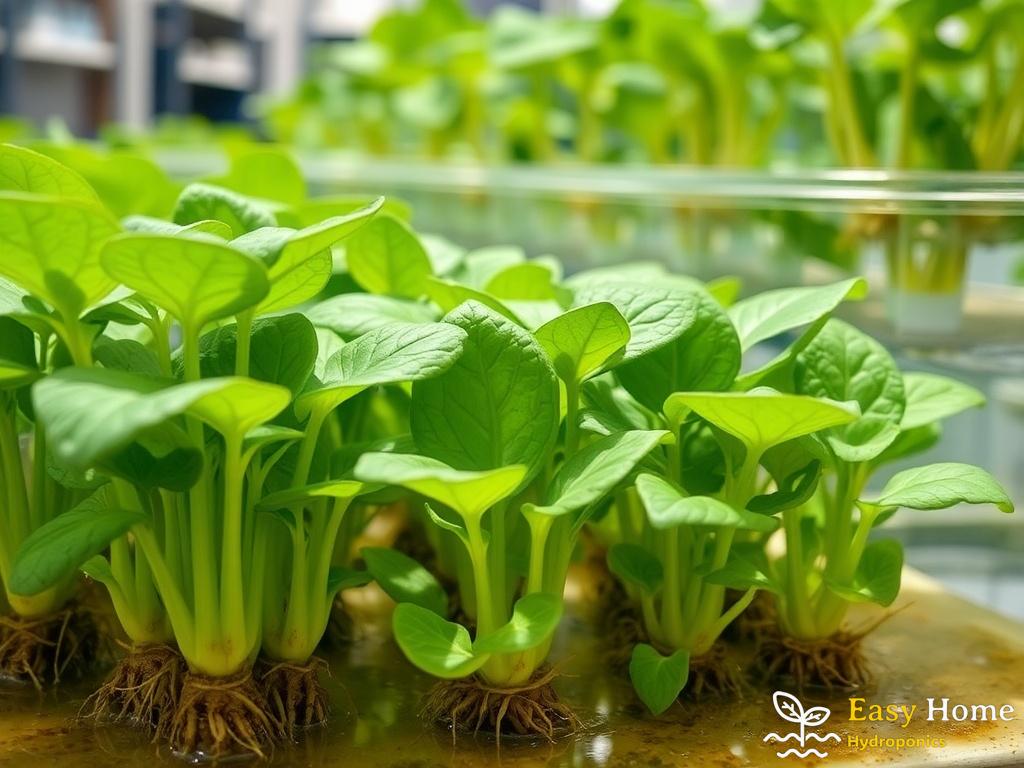
The Foundation of Healthy Growth
When it comes to hydroponic gardening, many enthusiasts focus on the flashy nutrients that promise rapid growth and vibrant colors. However, lurking in the shadows is a vital mineral that plays a critical role in plant health: calcium. Often overlooked, calcium serves as the backbone of a plant’s structural integrity and cellular function. Without it, even the most promising hydroponic setup can fall short of its potential.
The Multifaceted Benefits of Calcium
Calcium does more than just keep plants standing tall; it is involved in a myriad of physiological processes that ensure optimal growth. From strengthening cell walls to facilitating nutrient transport, its functions are both essential and intricate. Let’s delve into the specific benefits that calcium brings to hydroponic systems:
- Cell Wall Structure: Calcium is a primary component of pectin, which gives cell walls their rigidity and strength.
- Nutrient Uptake: It aids in the movement of other nutrients, ensuring that plants absorb what they need to thrive.
- Root Development: Adequate calcium levels promote robust root systems, crucial for nutrient absorption.
- Stress Resistance: Calcium plays a role in mitigating stress caused by environmental factors, pests, and diseases.
Calcium Deficiency: Signs and Solutions
Identifying calcium deficiency in hydroponic plants can be tricky, but certain signs can alert growers to potential issues. Yellowing leaves, stunted growth, and blossom end rot in fruits are all red flags. Here’s a quick comparison table to help you understand the symptoms and remedies for calcium deficiency:
| Symptoms | Possible Remedies |
|---|---|
| Yellowing leaves | Increase calcium concentration in the nutrient solution |
| Stunted growth | Adjust pH levels to improve nutrient availability |
| Blossom end rot | Ensure consistent watering and nutrient levels |
By recognizing these symptoms and acting swiftly, hydroponic gardeners can ensure their plants receive the calcium they need to flourish. In the world of hydroponics, calcium truly is the unsung hero—an essential element that deserves a spotlight for its multitude of benefits.
Boosting Plant Health: Calcium’s Vital Role
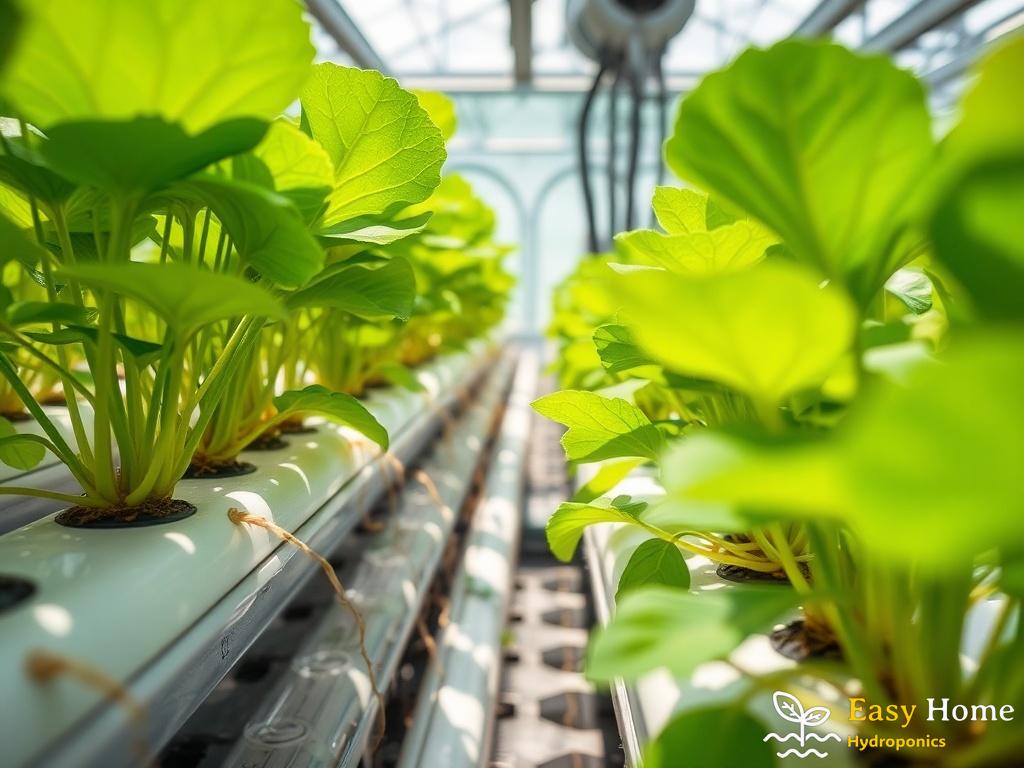
In the fascinating world of hydroponics, where every nutrient plays a pivotal role, calcium emerges as a cornerstone of plant vitality. This essential mineral is not merely a contributor to structural strength; it is a catalyst for numerous biochemical processes that ensure plants not only survive but thrive. Understanding how calcium influences overall plant health can transform your hydroponic gardening experience.
The Foundation of Robust Health
Calcium’s significance goes beyond physical durability; it is intricately linked to the plant’s overall health. This mineral acts as a signaling molecule, facilitating communication between cells and enabling them to respond effectively to environmental stimuli. When calcium levels are optimal, plants exhibit enhanced growth rates and improved resistance to pests and diseases. Calcium-rich environments foster resilience, allowing plants to bounce back from stressors that could otherwise impede their development.
Calcium and Nutrient Synergy
The interplay between calcium and other nutrients is a critical aspect of hydroponic success. Calcium not only aids in the uptake of macronutrients like nitrogen and potassium but also enhances the absorption of micronutrients such as magnesium and iron. When calcium is present in sufficient quantities, the entire nutrient absorption process becomes more efficient, leading to healthier plants with vibrant foliage and abundant yields. Conversely, a deficiency in calcium can create a ripple effect, leading to nutrient lockout and a decline in overall plant health.
Recognizing and Addressing Calcium Deficiency
Despite its importance, many hydroponic growers overlook calcium, leading to potential deficiencies that can hinder plant growth. Symptoms of calcium deficiency can manifest in various ways, including distorted leaf growth, necrotic spots, and impaired fruit development. To help you identify and rectify calcium-related issues, we present the following table:
| Symptoms | Causes | Solutions |
|---|---|---|
| Distorted leaves | Inadequate calcium levels | Increase calcium concentration in nutrient solution |
| Necrotic spots | Poor nutrient absorption | Adjust pH levels to facilitate calcium uptake |
| Impaired fruit development | Inconsistent nutrient levels | Implement regular monitoring and adjustments |
By maintaining vigilant observation and promptly addressing calcium deficiencies, hydroponic gardeners can significantly enhance the health and productivity of their plants. In this intricate dance of nutrients, calcium undoubtedly takes center stage, ensuring that plants flourish in their hydroponic environment.
Calcium Deficiency: Signs and Solutions in Hydroponics
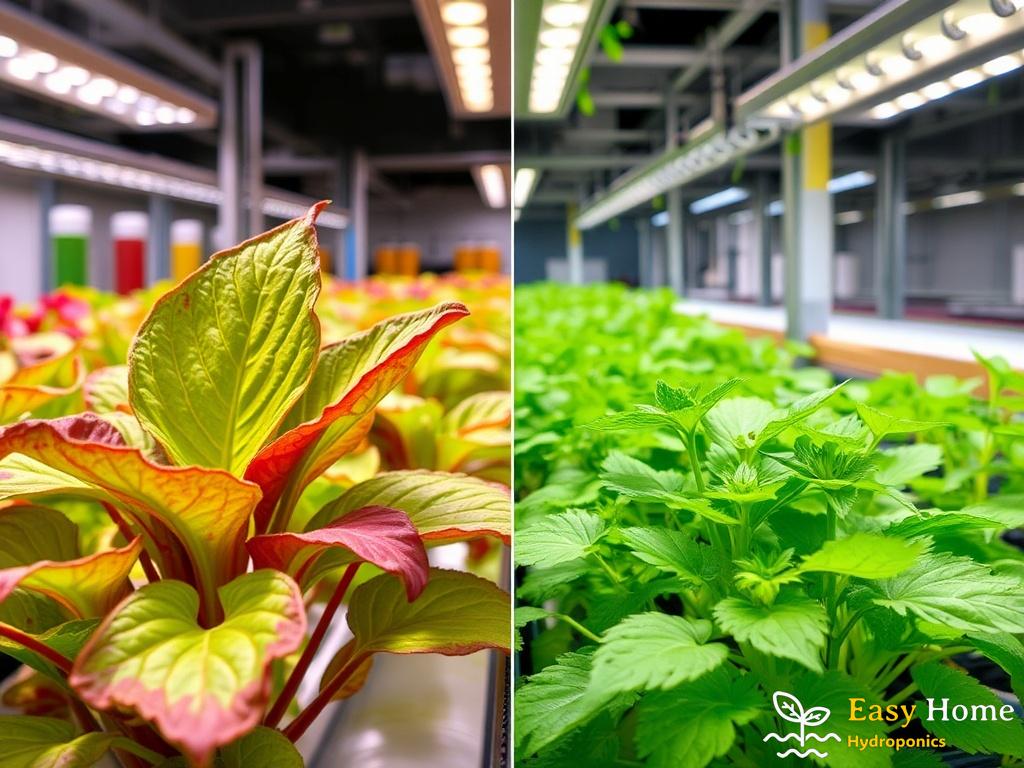
Unveiling the Hidden Dangers of Calcium Deficiency
In the thriving ecosystem of hydroponics, calcium plays a crucial role that can sometimes go unnoticed until it’s too late. This essential mineral is not just a building block for plant structure; it is a vital player in numerous physiological processes. When calcium levels dip, the effects can be detrimental, manifesting in various ways that may puzzle even seasoned hydroponic gardeners. Understanding these symptoms is the first step toward safeguarding your plants’ health.
Recognizing the Symptoms
When plants experience calcium deficiency, they exhibit several telltale signs that should not be ignored. One of the most noticeable symptoms is the yellowing of older leaves, which may eventually lead to necrosis. This distress signals that the plant is struggling to maintain its vitality. Additionally, you may witness stunted growth, as the roots lack the structural support they need to thrive. Blossom end rot is another alarming indicator, particularly in fruit-bearing plants, where the fruits develop dark, sunken spots at the blossom end. This condition not only affects aesthetics but also compromises yield. Recognizing these symptoms early can make all the difference in your hydroponic success.
Effective Solutions to Combat Deficiency
Upon identifying calcium deficiency, prompt action is essential to restore balance in your hydroponic system. First, consider adjusting the concentration of calcium in your nutrient solution. Incorporating calcium-rich additives or supplements can significantly boost levels. It’s also vital to monitor the pH of your solution; a balanced pH facilitates better nutrient absorption, ensuring that calcium is readily available for your plants. Additionally, maintaining consistent watering practices helps to stabilize nutrient levels, preventing fluctuations that can lead to deficiency. All these measures collectively contribute to a healthier growing environment, allowing your plants to flourish and reach their full potential.
The Chemistry of Calcium: Enhancing Nutrient Uptake
The Interplay of Calcium and Nutrient Dynamics
In the intricate tapestry of hydroponic gardening, calcium’s chemistry is not merely a footnote; it is a vital chapter that underscores the importance of nutrient uptake. This essential element acts as a facilitator, ensuring that plants can absorb and utilize other nutrients effectively. When calcium levels are optimized, the entire nutrient absorption process benefits, creating a harmonious balance that promotes vibrant growth and productivity.
Calcium as a Nutrient Transport Catalyst
Calcium’s role transcends structural support; it is a key player in the transport of nutrients within the plant. By enhancing membrane integrity and facilitating the movement of nutrients through plant tissues, calcium ensures that essential elements such as nitrogen, phosphorus, and potassium are available where they are needed most. When calcium is present in adequate amounts, it enhances the permeability of cell membranes, allowing for efficient nutrient flow, much like a well-maintained highway system that facilitates the movement of vehicles. Without this necessary component, nutrient uptake can become sluggish, leading to deficiencies that hinder growth.
Furthermore, calcium interacts synergistically with other elements, assisting in the uptake of vital micronutrients such as magnesium and iron. This interconnectedness highlights the importance of maintaining a balanced nutrient solution in hydroponic setups. By keeping a close eye on calcium levels, growers can ensure that their plants are not just surviving, but thriving.
Recognizing the Effects of Calcium Deficiency on Nutrient Uptake
The consequences of calcium deficiency in hydroponic systems can be profoundly damaging, often masquerading as other nutrient-related issues. Symptoms such as poor root development, leaf distortion, and impaired fruit quality signal that calcium is insufficient, disrupting the entire nutrient uptake process. In a well-balanced nutrient solution, calcium acts as a bridge, connecting various elements that promote healthy growth.
When calcium is lacking, plants struggle to absorb other nutrients effectively, leading to a cascade of deficiencies that can ultimately compromise plant health. To put it into perspective, consider the following table that illustrates the interconnected nature of calcium with other nutrients:
| Nutrient | Role | Impact of Calcium Deficiency |
|---|---|---|
| Nitrogen | Essential for growth and development | Stunted growth and yellowing leaves |
| Potassium | Regulates water usage and nutrient transport | Weak stems and poor fruit quality |
| Magnesium | Important for photosynthesis | Intervened in chlorophyll production, leading to leaf discoloration |
| Iron | Crucial for metabolic processes | Chlorosis and poor growth |
By understanding the chemistry of calcium and its influence on nutrient uptake, hydroponic gardeners can create a robust growing environment that maximizes plant health and yield.
Calcium Sources for Hydroponic Systems: What’s Best?
Exploring Calcium Sources for Optimal Growth
In the quest for creating thriving hydroponic gardens, the source of calcium can significantly influence plant health and yield. As we dive deeper into this essential nutrient, it’s crucial to understand the various sources available to hydroponic growers and the unique benefits each can offer. From natural minerals to synthetic additives, the right choice can make all the difference in ensuring that plants receive adequate calcium for robust growth.
The Top Calcium Sources for Hydroponics
When it comes to sourcing calcium in hydroponic systems, growers have a plethora of options. Selecting the most suitable source hinges on factors such as availability, solubility, and compatibility with existing nutrient solutions. Below is a curated list of some of the most effective calcium sources, highlighting their benefits:
- Calcium Nitrate: Known for its high solubility, calcium nitrate delivers both calcium and nitrogen, making it a two-in-one solution. It is particularly effective during the vegetative stage, promoting lush foliage.
- Calcium Chloride: This highly soluble source is excellent for rapid calcium replenishment. However, it should be used cautiously to prevent over-salting the nutrient solution.
- Gypsum (Calcium Sulfate): A slower-release option, gypsum provides a steady supply of calcium without affecting nitrogen levels. Ideal for maintaining long-term calcium balance.
- Liquid Calcium Supplements: These products offer a convenient way to boost calcium levels quickly. They are often derived from organic sources, making them a popular choice for organic growers.
Choosing the Best Calcium Source for Your Hydroponic System
Determining the best calcium source for your hydroponic setup requires an understanding of your plants’ specific needs and the existing nutrient dynamics. Here’s a simple comparison table to aid in your decision-making process:
| Calcium Source | Solubility | Key Benefits | Best Use |
|---|---|---|---|
| Calcium Nitrate | High | Provides calcium and nitrogen simultaneously | Vegetative growth |
| Calcium Chloride | Very High | Rapid calcium replenishment | Quick fixes |
| Gypsum | Moderate | Slow release, no nitrogen | Long-term balance |
| Liquid Calcium Supplements | Varies | Convenient and often organic | General supplementation |
By selecting the optimal calcium source based on your hydroponic system’s requirements, you can ensure that your plants receive the necessary nutrients to flourish. Remember, the key to successful hydroponic gardening lies not just in the quantity of nutrients but also in their quality and availability.

